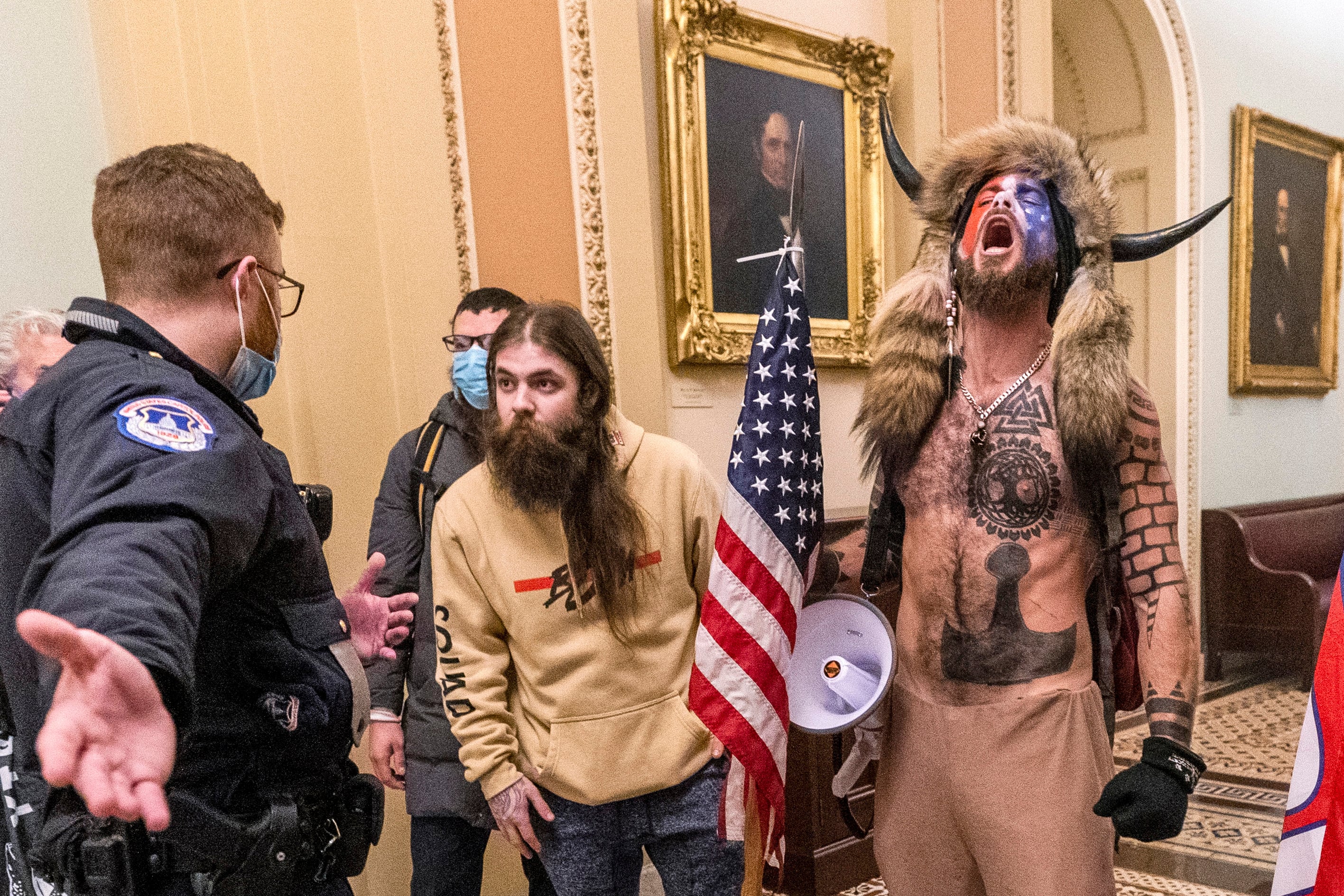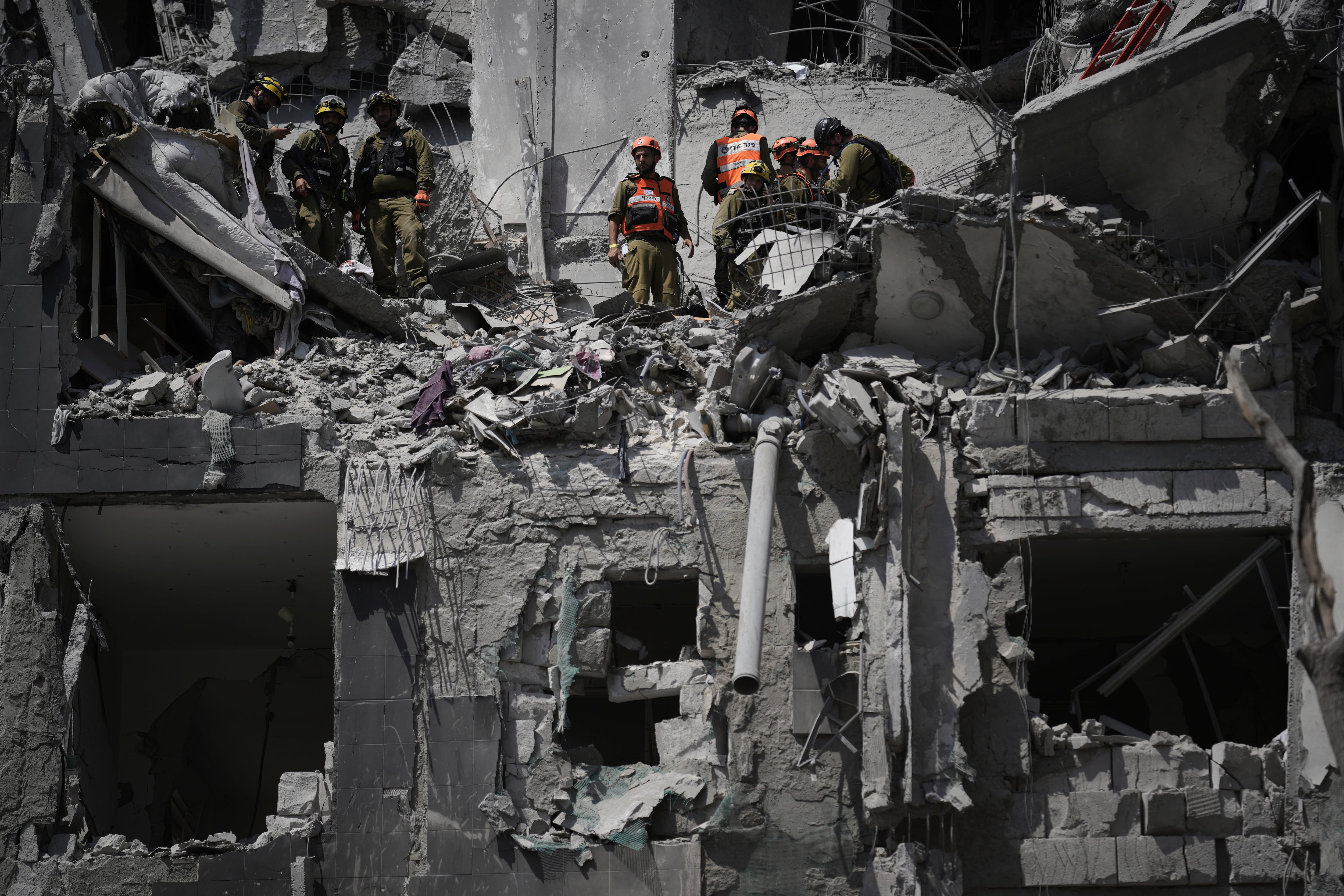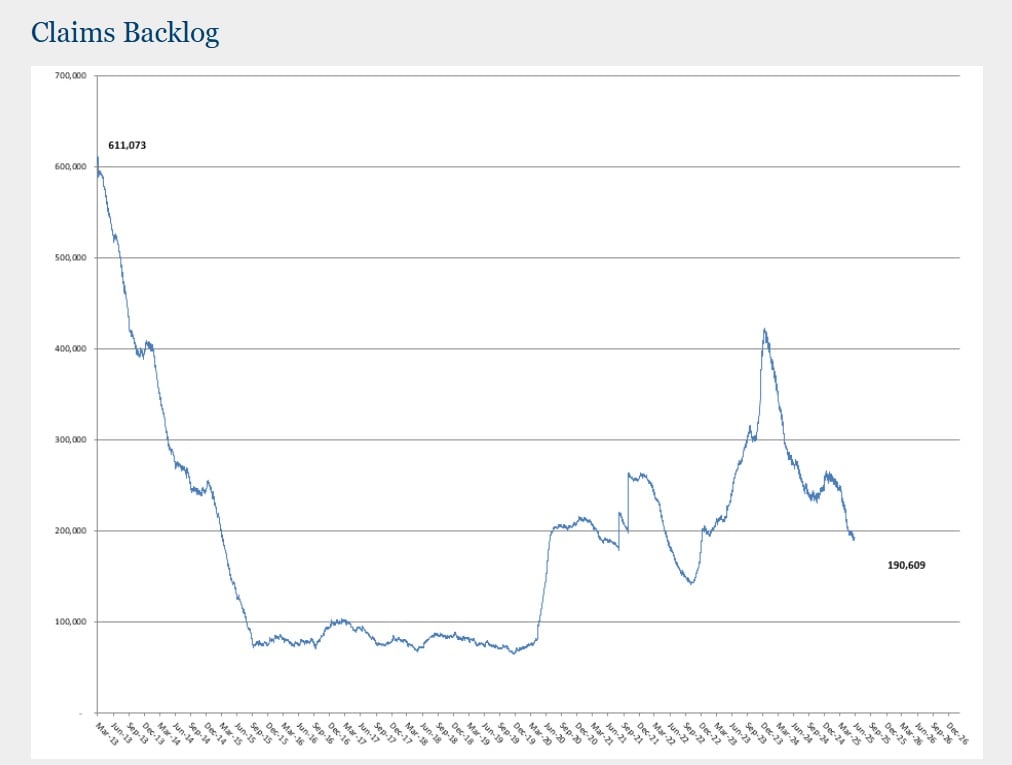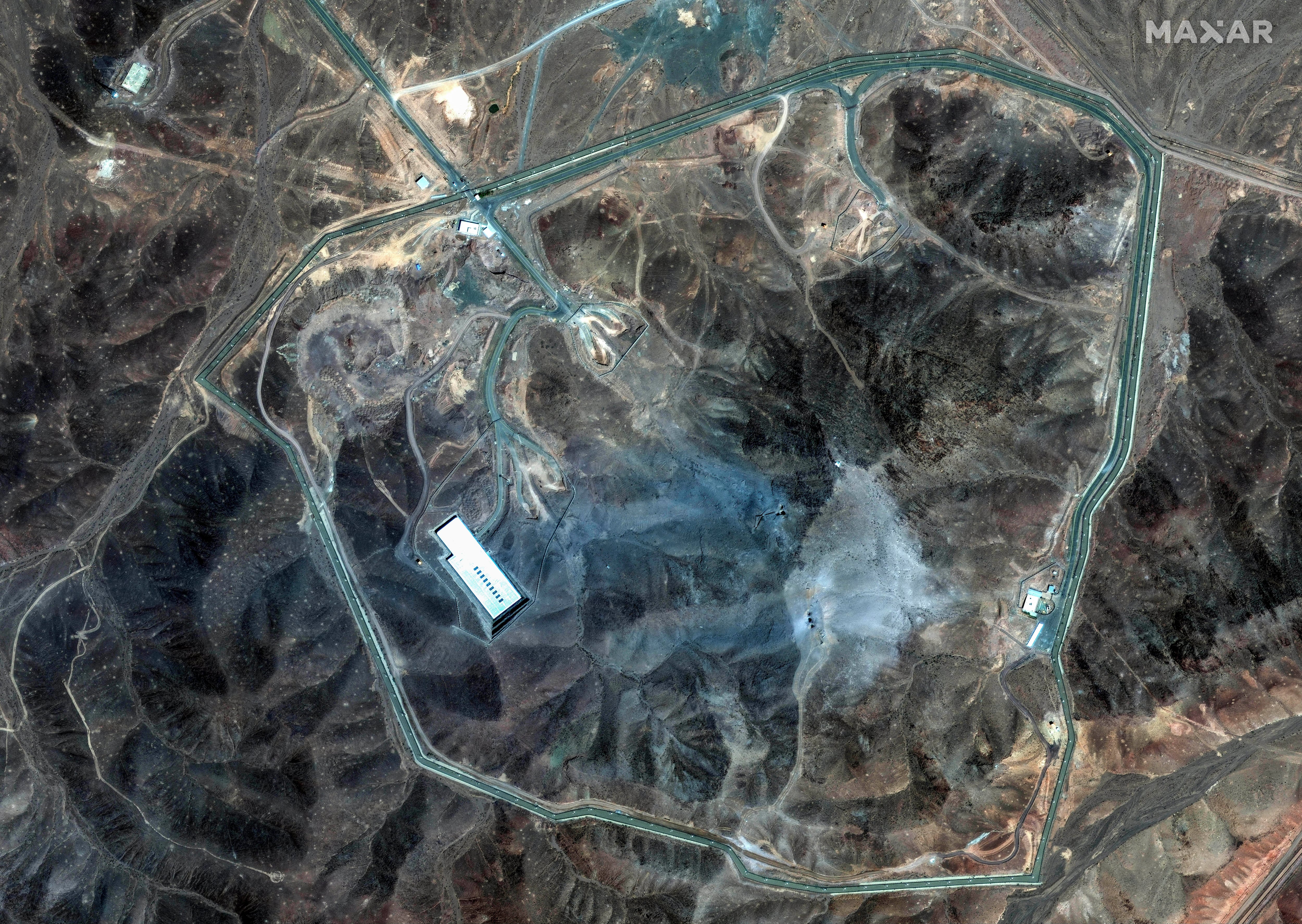The number of veterans participating in extremism more than tripled over the past 10 years, according to a report from the National Consortium for the Study of Terrorism and Responses to Terrorism, totaling nearly 24 new subjects each year.
The finding comes from a dive into the Profiles of Individual Radicalization in the United States project, with details about numerous cases of extremist activity, the findings of which were released in July.
“It is important to note that the recent increase in subjects with military backgrounds in PIRUS is largely due to three years in the data—2017, 2020, and 2021,” according to the report. “Each of these years were marked by issues that mobilized comparatively large numbers of U.S. extremists.”
Notably, those years saw the inauguration of President Donald Trump and the Unite the Right Rally in Charlottesville, Virginia; the COVID-19 pandemic, nationwide racial justice protests and the election of President Joe Biden; and the contentious certification of that election by Congress in January of this year.
Looking through cases from 1990 to 2021, researchers pulled 424 individuals ― 415 men and nine women ― with military backgrounds, including 99 who are facing charges for involvement in the Capitol Hill riot on Jan. 6.
While the 8% of troops/veterans in the PIRUS data is on par with the proportion of U.S. residents who are either currently serving or have previously served, the report found that women with military experience were significantly less likely to participate in extremism compared to their male peers.
Though women make up 9% of U.S. adults with military experience, they are fewer than 2% of those who have been involved in known extremism crimes.
Of the hundreds who had military backgrounds, according to the report, 355 ― just under 84% ― didn’t commit any crimes until after they had been separated. Of those 23, or just over 5%, committed a crime after washing out of basic training.
The vast majority of those who have committed crimes were either current or former members of the active duty Army, followed by the active duty Marine Corps ― more than 70% combined With reserve duty in either of those branches, the percentage jumps to 79.
The types of crimes they were arrested for varies, but just under 60% of them were for violent plots, and only 40% percent of those were carried out.
Another 10% were weapons charges, 6.5% for providing material support to extremism, followed by a few instances of harassment, financial crime, spontaneous violence and property destruction.
And just over 46% of those crimes committed by veterans were targeting the U.S. government, the military or law enforcement.
RELATED
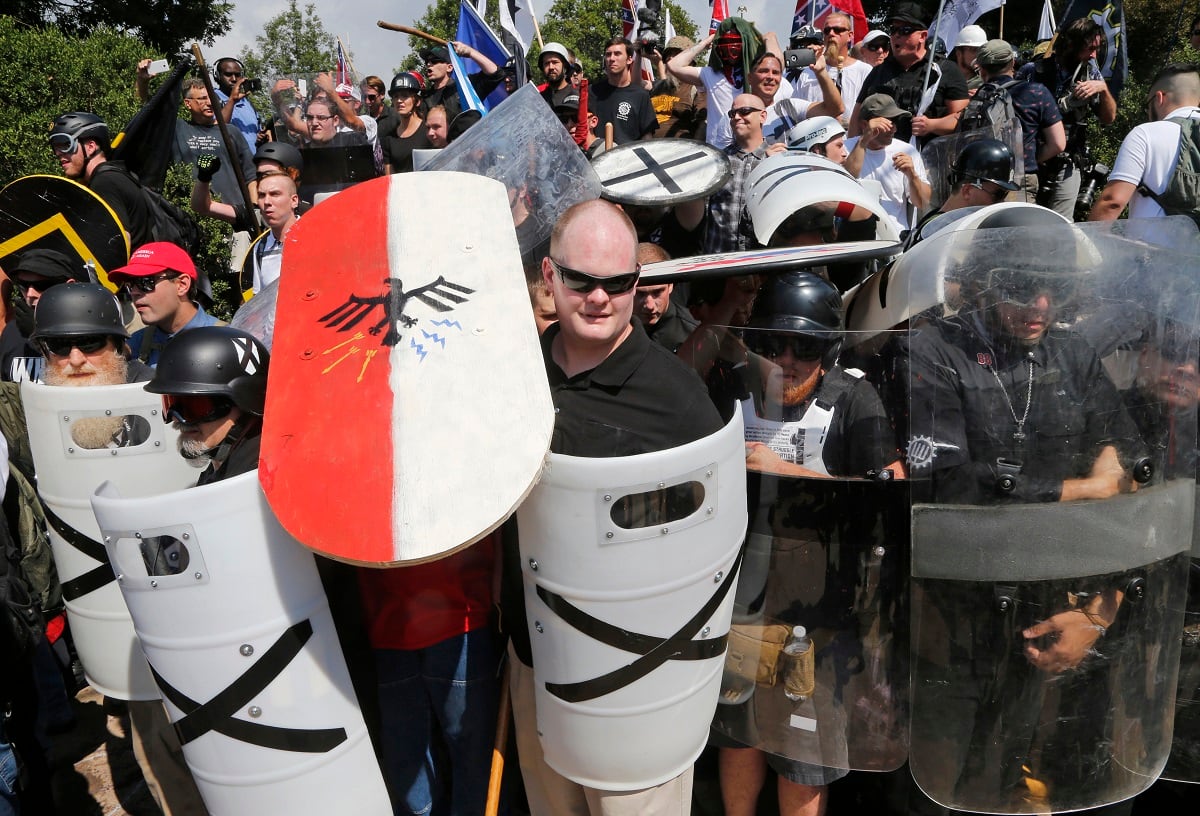
“Nearly half of the subjects in PIRUS with military backgrounds adhered to anti-government views or were members of organized militias,” according to the report.
Another 34% were in white supremacist groups, while 11% were identified as jihadists. Smaller percentages, between 5 and 1, included anti-abortion activists, cult/conspiracy theory believers, male supremacists, Black separatist groups or anarchist/anti-capitalist activists.
That included 35 members of the Sovereign Citizen movement, 19 Oath Keepers and 15 members of the Boogaloo movement. Then there were 18 Proud Boys, 16 Ku Klux Klan members and 9 who were members of the National Alliance.
In total, about 68% were aligned with a particular group, but the remainder weren’t.
For the Jan. 6 attack specifically, 99 military affiliations have been identified so far, 92 of whom were no longer service members at the time.
Of those, nearly 59% did not belong to any extremist groups, but those who were included 16 Proud Boys, 10 Oath Keepers and 12 QAnon conspiracy theorists.
In response to the disproportionate number of Jan. 6 arrests of troops and veterans, about one in five, the Pentagon earlier this year called for an anti-extremism standdown, then followed it up with a working group.
That group is tasked with improving recruiting screening and education for separating troops, to both prevent extremists from joining up and to prevent veterans from radicalization. They are also set to publish a new Defense Department definition of extremism, which will expand the current regulation, which mostly targets fundraising, organizing and other activity as incompatible with military service.
The initial report was due to Defense Secretary Lloyd Austin in mid-July. Pentagon spokesman John Kirby has said it is currently in final review stages.
Meghann Myers is the Pentagon bureau chief at Military Times. She covers operations, policy, personnel, leadership and other issues affecting service members.
